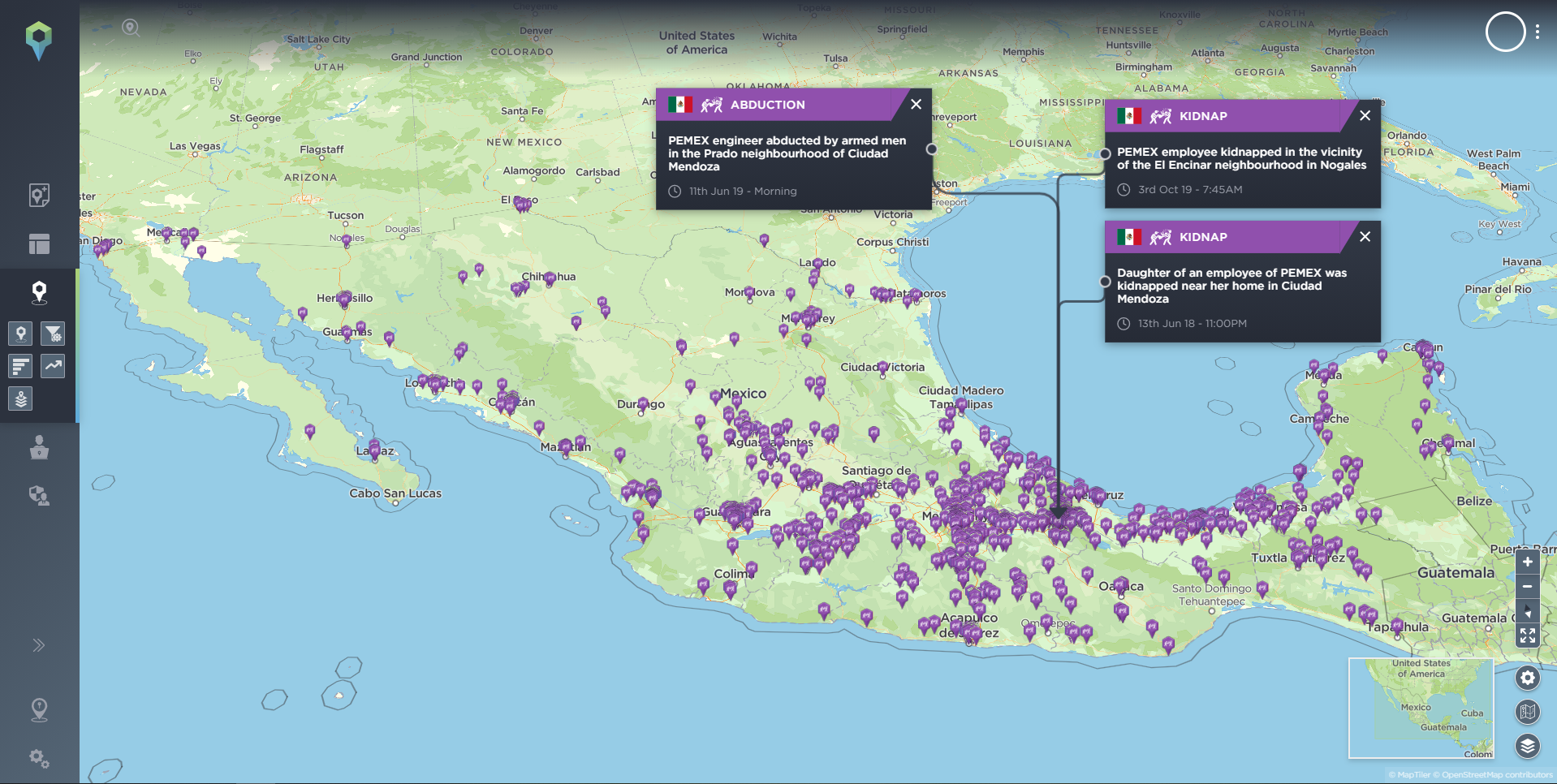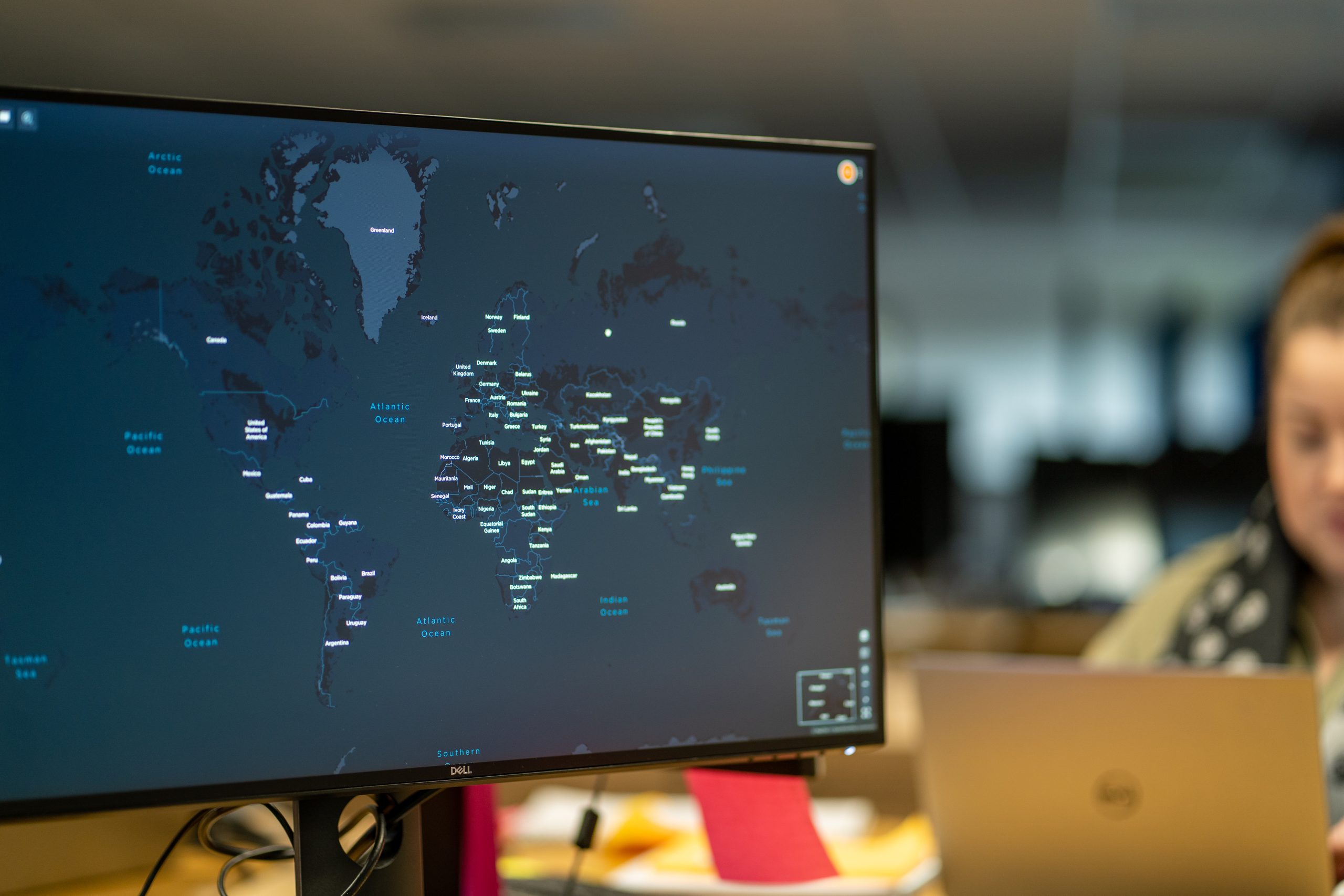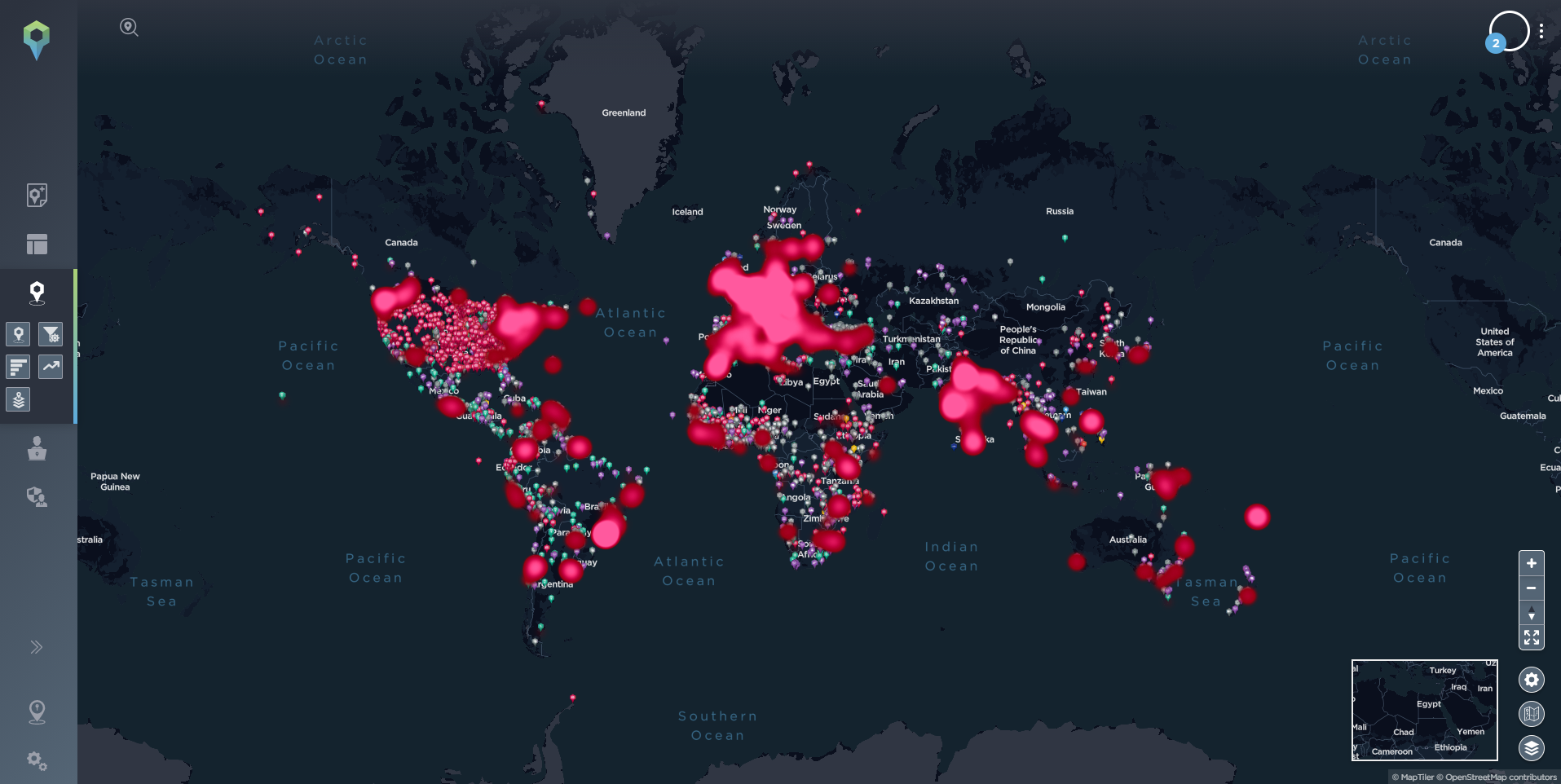3 things you can do to help mitigate supply chain threats
Amidst a climate of political instability and economic uncertainty, supply chain risk is unavoidable for oil and gas organisations. How you plan and prepare for threats to your supply chain however, is crucial to minimising the occurrence or impact of disruption to your day to day operations.
What are the most common supply chain threats?
The three stages of upstream, midstream and downstream each have their own vulnerabilities and risks that they’re exposed to.
In addition, oil and gas organisations can face internal and external risks that can significantly disrupt the flow of raw materials and impact the bottom line. Internal risks are often said to be easier to mitigate whereas external supply chain threats can be harder to predict and typically require more resources.
We recently shared a series of LinkedIn posts outlining the most common supply chain threats for oil and gas organisations at each of the three major sectors:
How can I mitigate supply chain threats?
Preparation is key to protecting your oil and gas supply chain. Identifying exactly where you’re more susceptible to threats is the first step in supply chain risk mitigation. By doing so, you can prioritise those that will cause the most disruption and proactively safeguard your bottom line.
In order to better understand your operational weaknesses, and consequently prepare a robust response and recovery process should they be exposed, you’ll need:
- End to end situational awareness
Because your supply chain involves many different operational stages, each associated with their own array of risks, complete visibility at every step can notify you of issues before they become direct problems.
Where you operate can have a significant impact on the types of threats you face. For example, your exploration activities may be subject to kidnap and ransom attempts in countries such as Mexico.

Kidnapping and abduction incidents in Mexico, highlighting a selection of incidents targeting the oil and gas sector. [Source: Intelligence Fusion]
To help you pinpoint the most common supply chain threats in your location, a constant and reliable stream of information is required.
2. Plan for the worst
Once you have a complete and comprehensive view of the most significant threats to your oil and gas supply chain, your risk management plan should ultimately prepare you and your team for the worst case scenario.
In order to do this effectively, your data needs context. Because, in this digital age, data is being generated at such an unprecedented rate, context unlocks the real value of the data and should be what drives every decision you make as a security professional.
Context can transform raw information into actionable intelligence.
One of the main challenges you can face when trying to add context to your data is a lack of standardisation. Particularly with large organisations, but an issue across the oil and gas industry, is that everyone has their own way of working. Platforms, tools and processes can differ from person to person and department to department.
This means that when data is being collected and analysed to understand the risk, it’s not always done in the same way and therefore results can be skewed.
To truly understand the worst case scenario, and be prepared for it, streamlining the way you and your colleagues operate should be a priority. Your data should have a clear and consistent structure that’s easy to interpret, saving time and contributing to a more concise and effective risk mitigation strategy.
3. Monitor and review
Given the fast-changing nature of the current security landscape, you’re not quite done once your framework is firmly in place. You and your team need to constantly scan for new and emerging threats, as well as carefully monitor those you’ve already observed.
In addition to a solid historical database that can help you understand previous trends or threat patterns, you’ll also need timely, up-to-date intelligence to help you identify risk indicators and know when to pull the trigger on your response and recovery plans.
As a security professional, you’ll know that in such times of heightened uncertainty, navigating the endless open-source information, gathering and recording it, is a monumental task.
At Intelligence Fusion, for example, we have a team of analysts working around-the-clock to report over 20,000 incidents every month for our clients. This contributes to our growing historical database of over 1,200,000 global incidents.
However, the best threat intelligence software should not only give you the end-to-end visibility you need for supply chain threats, but a good investment will also give you significant customisation to reflect the way your organisation operates.
Opting for a company that provides a tailored approach gives you a more specific, and therefore more valuable, insight into individual threats and exactly how they could impact your people and assets – making preparation, planning and responding much more effective.
Summary
An increasingly volatile security environment and a declining tolerance for business disruption means that failure to mitigate supply chain threats can severely impact your organisation’s revenue.
There are various ways to reduce and manage risk but investing in a reliable threat intelligence solution is crucial to maintaining operations at every stage of the oil and gas supply chain.
Intelligence Fusion is a threat intelligence data and software provider, delivering custom solutions to some of the world’s most profitable oil and gas majors across the globe.
To discuss increasing productivity and efficiency, streamlining your operations and your budget as well as the other benefits of a tailored intelligence platform, request a call with a member of our team.


